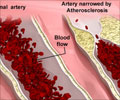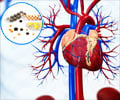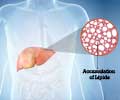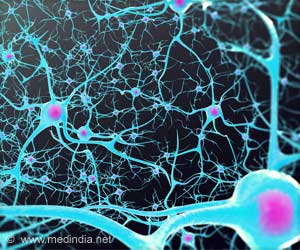Nanometer-sized drones deliver a special type of healing molecule to fat deposits in arteries. This could be a new way to prevent heart attacks caused by atherosclerosis.
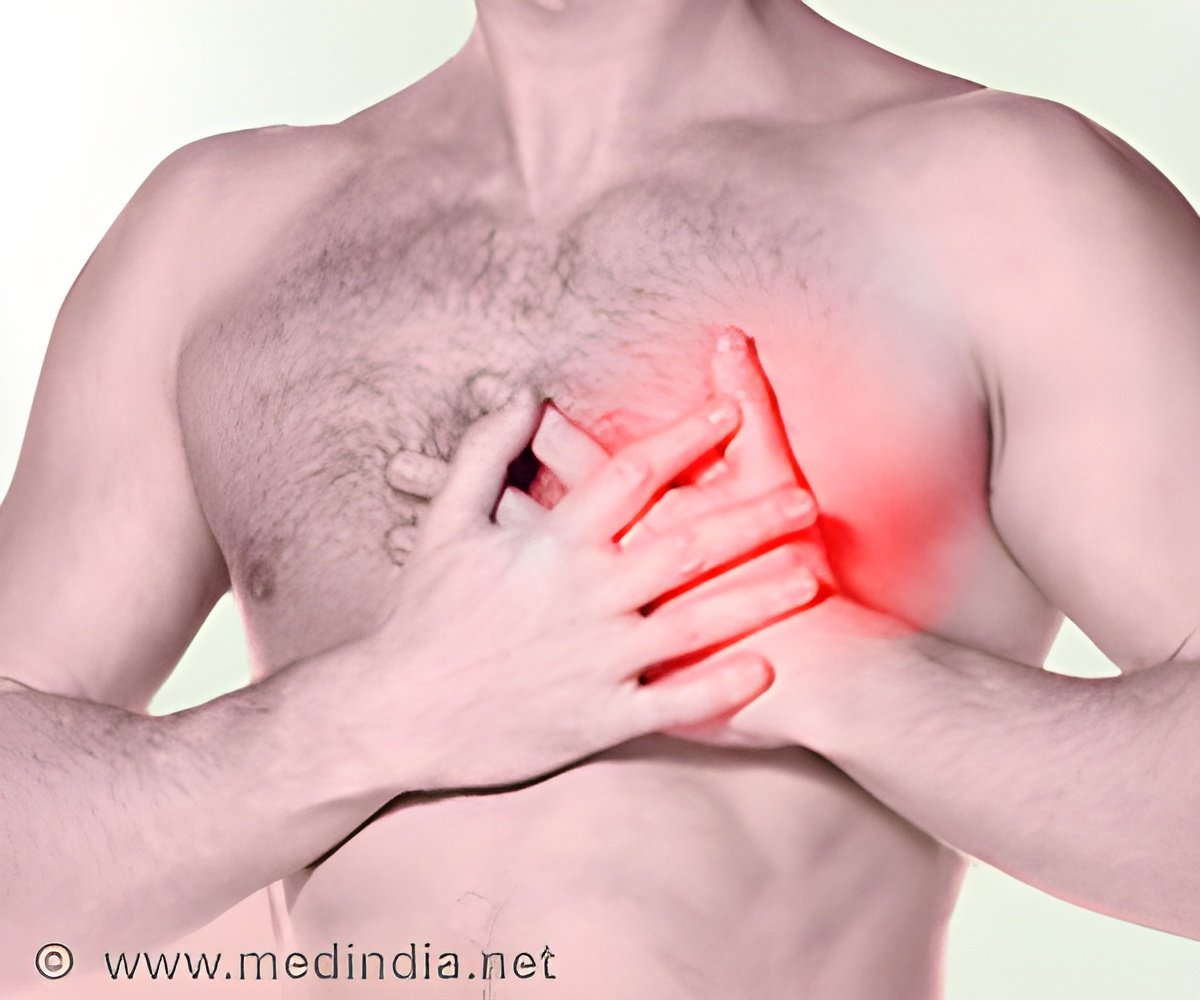
"This is the first example of a targeted nanoparticle technology that reduces atherosclerosis in an animal model," said co-senior author Omid Farokhzad, MD, associate professor and director of the Laboratory of Nanomedicine and Biomaterials at BWH and Harvard Medical School (HMS). "Years of research and collaboration have culminated in our ability to use nanotechnology to resolve inflammation, remodel and stabilize plaques in a model of advanced atherosclerosis."
In this study, targeted nanomedicines made from polymeric building blocks that are utilized in numerous FDA approved products to date, were nanoengineered to carry an anti-inflammatory drug payload in the form of a biomimetic peptide. Furthermore, this peptide was derived from one of the body's own natural inflammatory-resolving proteins called Annexin A1. The way the nanomedicines were designed enabled this biological therapeutic to be released at the target site, the atherosclerotic plaque, in a controlled manner.
In mouse models with advanced atherosclerosis, researchers administered nanomedicines and relevant controls. Following five weeks of treatment with the nanomedicines, damage to the arteries was significantly repaired and plaque was stabilized.
Specifically, researchers observed a reduction of reactive oxygen species; increase in collagen, which strengthens the fibrous cap; and reduction of the plaque necrotic core, and these changes were not observed in comparison with the free peptide or empty nanoparticles.
"Many researchers are trying to develop drugs that prevent heart attacks by tamping down inflammation, but that approach has some downsides," said co-senior author Ira Tabas, MD, Richard J. Stock professor of Medicine (Immunology) and professor of Pathology & Cell Biology at Columbia. "One is that atherosclerosis is a chronic disease, so drugs are taken for years, even decades. An anti-inflammatory drug that is distributed throughout the entire body will also impair the immune system's ability to fight infection." That might be acceptable for conditions that severely affect quality of life, like rheumatoid arthritis, but "using this approach to prevent a heart attack that may never happen may not be worth the risk." [Ed note: link to Tabas & Glass, Science 2013, in Newsroom]
Advertisement
The targeted nanomedicines used in this current study were engineered by researchers at BWH. Following preliminary proof-of-principle studies at Columbia University in models of inflammation, they were further tested in a clinically relevant disease model in mice and were shown to be capable of maneuvering through the blood circulation, and traversing leaky regions through to the inside of the plaques, as was demonstrated by fluorescence microscopy imaging of the plaque lesions.
Advertisement
"These nanomedicines are developed using biodegradable polymers that can break-up over time in the body using the bodies natural mechanisms, and can be nanoengineered using scale-able chemistries and nanotechnologies, which ultimately can facilitate their rapid translation to the clinic," said co-lead author Nazila Kamaly, PhD, instructor in the Laboratory of Nanomedicine and Biomaterials at BWH and HMS.
Researchers caution that although plaques in mice look a lot like human plaques, mice do not have heart attacks, so the real test of the nanoparticles will not come until they are tested in humans. "In this study, we've shown, for the first time, that a drug that promotes resolution of inflammation and repair is a viable option, when the drug is delivered directly to plaques via nanoparticles," said Tabas. To be ready for testing in humans, the team plans to fine-tune the nanoparticles to optimize drug delivery and to package them with more potent resolution-inducing drugs. "We think that we can obtain even better delivery to plaques and improve healing more than with the current peptides." he said.
Farokhzad and colleagues have considerable expertise with bench-to-bedside translation of nanotechnologies for medical applications, and foundational work done in part by his team has led to the development and first in human testing of a targeted nanoparticle capable of controlling drug release for treatment of cancers, and the first in human testing of a targeted nanoparticle vaccine capable of orchestrating an immune response to facilitate smoking cessation and relapse prevention.
"The inflammation resolving targeted nanoparticles have shown exciting potential not only for the potential treatment of atherosclerosis as described here, but also other therapeutic areas including wound repair, for example, as described in the Feb. 9 online issue of Journal of Clinical Investigation, in addition to other applications currently underway with our collaborators," Farokhzad said. "I'm optimistic that with additional animal validation we will also consider the human testing of the inflammation resolving targeted nanoparticles for a myriad of unmet medical needs-these are exciting times in medicine and the future of nanomedicine is incredibly bright."
This work was supported by a Program of Excellence in Nanotechnology (PEN) Award, HHSN268201000045C, from the NIH (O.C.F., I.T.); NIH Pathway to Independence K99 grant HL119587 (G.F.); the Welcome Trust Programme Grant (086867/Z/08); NIH grants CA151884 and the David Koch-Prostate Cancer Foundation Award in Nanotherapeutics (O.C.F.); and NIH grants HL106019, HL075662, and HL054591 (I.T.). Other contributing authors include Mauro Perretti, Jaclyn Milton, Stefano Spolitu, Devram Ghorpade, Raymond Chiasson and George Kuriakose.
O.C.F. discloses his financial interest in BIND Biosciences, Selecta Biosciences, and Blend Therapeutics, three biotechnology companies developing nanoparticle technologies for medical applications. BIND, Selecta, and Blend did not support the research in this study, and currently these companies have no rights to any technology or intellectual property developed as part of this research.
Source-Newswise

